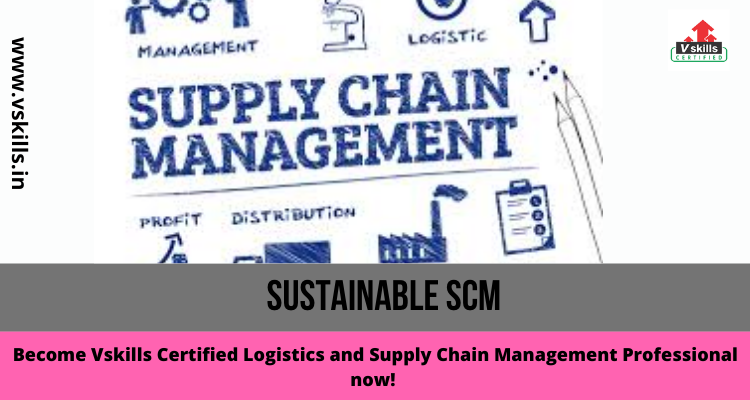Sustainable SCM
Let’s learn more about Sustainable SCM. Supply Chain Management involves three levels of decision making: Strategy, Planning and Operations. The highest level or the supply chain strategy, concerns designing and building the appropriate supply chain for the good or service to be provided. Supply chain planning involves leveraging the existing supply chain, as created during the strategy phase, to support medium-term goals, typically yearly or quarterly production needs. Supply chain operations covers the short-term monitoring and control that is necessary to support the supply chain plan, including any plan revisions.
An effective supply chain strategy must also explicitly address sustainability. Sustainable is, able to keep in existence, maintain and for SCM, is one able to produce and deliver its goods or services for the foreseeable future without causing degradation.
Various sustainability models are discussed like 3BL and LCA.
The Triple Bottom Line (3BL)
It defines three pillars: Social Responsibility, Environmental Stewardship, and Economic Viability and are sometimes termed “People, Planet, Profits,” as first coined by Shell. Social Responsibility deals with such concerns as whether the firm provides a safe working environment, with fair compensation and benefits. Environmental Stewardship addresses how can a firm avoid depleting resources, prevent pollution, or otherwise reduce its ecological footprint. Economic Viability, is the firm is profitable, and can it be expected to grow and prosper, providing returns to investors? A firm that is deficient in any of these three facets is ultimately not sustainable.
Life Cycle Assessment (LCA)
It is an analysis of the environmental aspects and potential impacts associated with a product, process, or service. Despite the inclusion of environmental management standards into ISO 14000, no single universal standard exists for the impact categories evaluated. LCAs may occasionally have a social component. Typically the following are included: global warming, acidification, smog, ozone layer depletion, “eutrophication”, toxin release, habitat destruction, desertification, land use issues, and resource depletion.
The Ecological Footprint
It was first defined by Wackernagel and Rees (1996) quantifies the land and water area a population requires to produce the resources it consumes and to absorb its wastes. They assert that Earth’s “carrying capacity” is currently being exceeded. This framework is similar to that of the LCA, except with a focus on consumers instead of producers. Measures are broken in to water usage, resource usage and other categories, with carbon being the largest component, at over half the total footprint.



